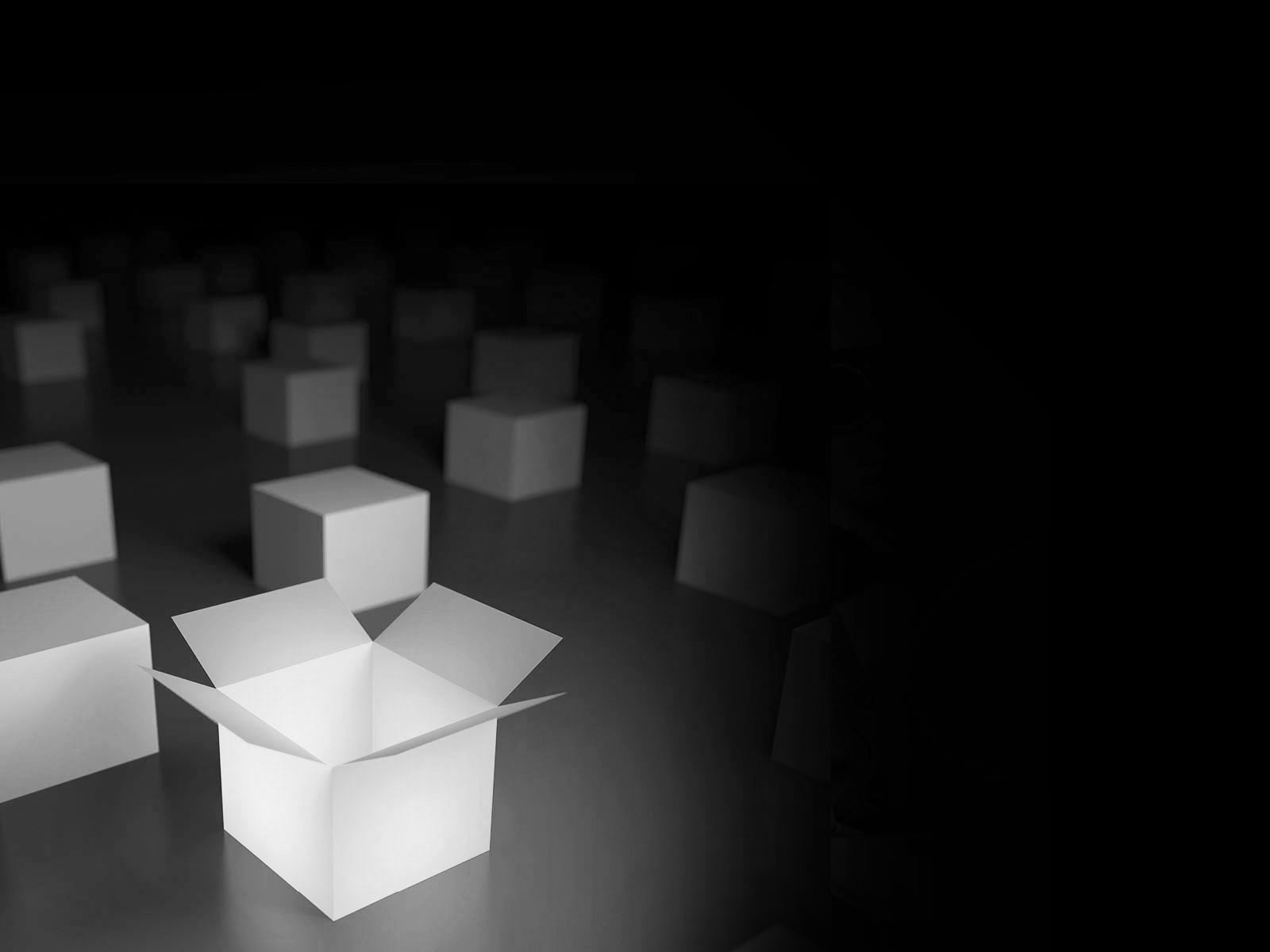I’m lucky enough to see inside lots of marketing organisations – big and small, here and overseas – and one of the things that strikes me most in the conversations I have is the degree to which marketers continue to misunderstand their audiences.
Not in the sense that marketers are suddenly dropping market research or failing to develop huge consumer databases (size is everything, it seems), but rather that many of the assumptions I see marketers using about their customers are patently wrong (or based on decision science of at least 50 years ago). Perhaps the most obvious example of this is the degree to which we imagine that our customers think – either about our products, about their category choices or at all.
We draw “paths to purchase” and “customer journeys” as if real people in the real world genuinely spent their time sifting through all the options, considering alternatives fully for their relative utilities and costs, before finally choosing the very best option for themselves. Of course, this is how economists tell us that people choose. But this “rational agent model” has been completely unpicked by social scientists over recent decades.
Chief among these is Daniel Kahneman – the father of so-called Behavioural Economics, together with his late research partner Amos Tversky. Kahneman demonstrated again and again the simple truth that we think much less than we think we think. Humans, he suggests, are to thinking as cats are to swimming – we can do it if we really have to but we will do almost anything we can to avoid it.
Thinking is metabolically demanding. Our species’ huge brains are incredibly thirsty organs- one study suggests that in relative terms, brain cells use 22 times the energy of muscle cells. No wonder, as psychologist Nick Humphrey famously pointed out, that much of the time we don’t seem to make much use of the grey matter between our ears.
Instead, rather than think things through as marketing imagines, we humans resort to intuition and hunch-like guesswork using a combination of our feelings and ‘heuristics’ (simple rules of thumb). Kahneman cites research that suggests intuition thinking is some 200000 times faster than the proper, considered equivalent we presume. That’s why making your consumers think hard about anything is often counter productive: website and e-commerce designers will tell you that three clicks are probably two clicks too many.
Don’t expect people to think through all of the options and consider in great detail what’s available, even for high-ticket items such as cars, gadgetry and luxury goods. They may like to pretend they do to make themselves feel better about the choice they will have to make at some point – very often our understanding, appreciation and opinion of the products and services we buy change after we’ve bought them. Which is why you notice more examples of the model or colour of your new car after you bought it than before.
In fact, there’s evidence from behaviour change studies into subjects like smoking that trying to make individuals think about the behaviour we want to change can actually stop them changing it. Despite wrapping a smoking cigarette in negative messaging, showing it can still trigger the urge to reach for the packet of Marlboro Lights.
Sadly, the designers of the automated menu for my credit card company’s customer-service line don’t seem to have worked this out, as I found to my own cost recently. Getting lost in a call centre menu system is something that can happen to all of us – marketer or civilian. None of us want to think too much.
The views and opinions expressed in this article are those of the authors and do not necessarily reflect the views of The Economist Intelligence Unit Limited (EIU) or any other member of The Economist Group. The Economist Group (including the EIU) cannot accept any responsibility or liability for reliance by any person on this article or any of the information, opinions or conclusions set out in the article.





